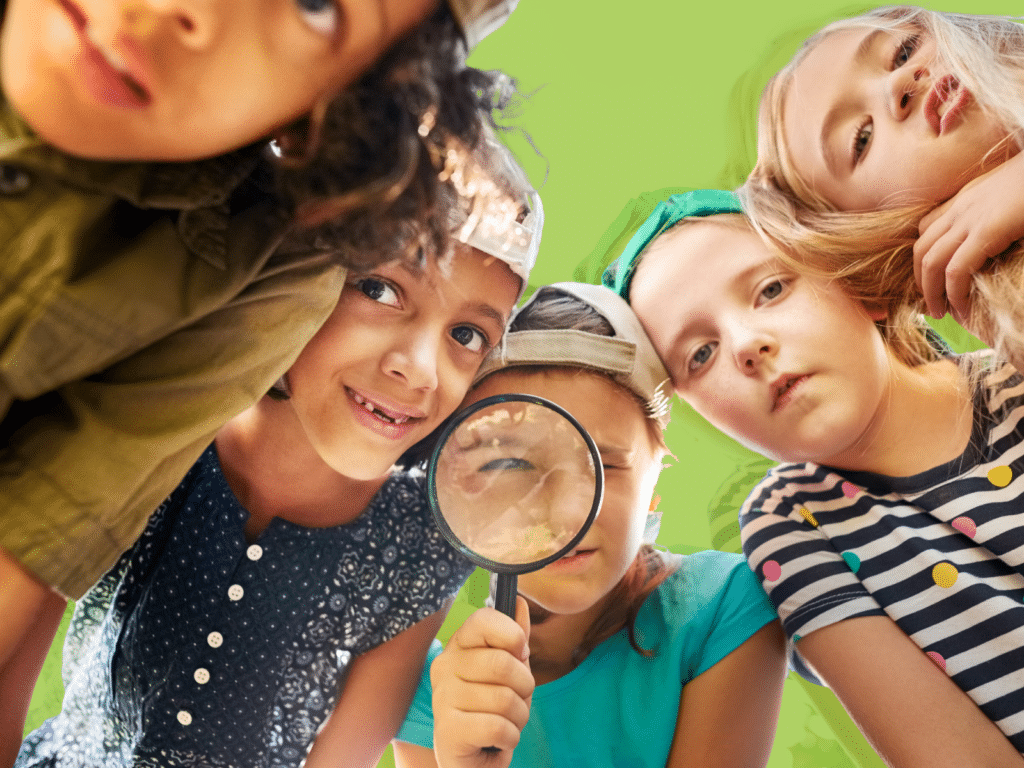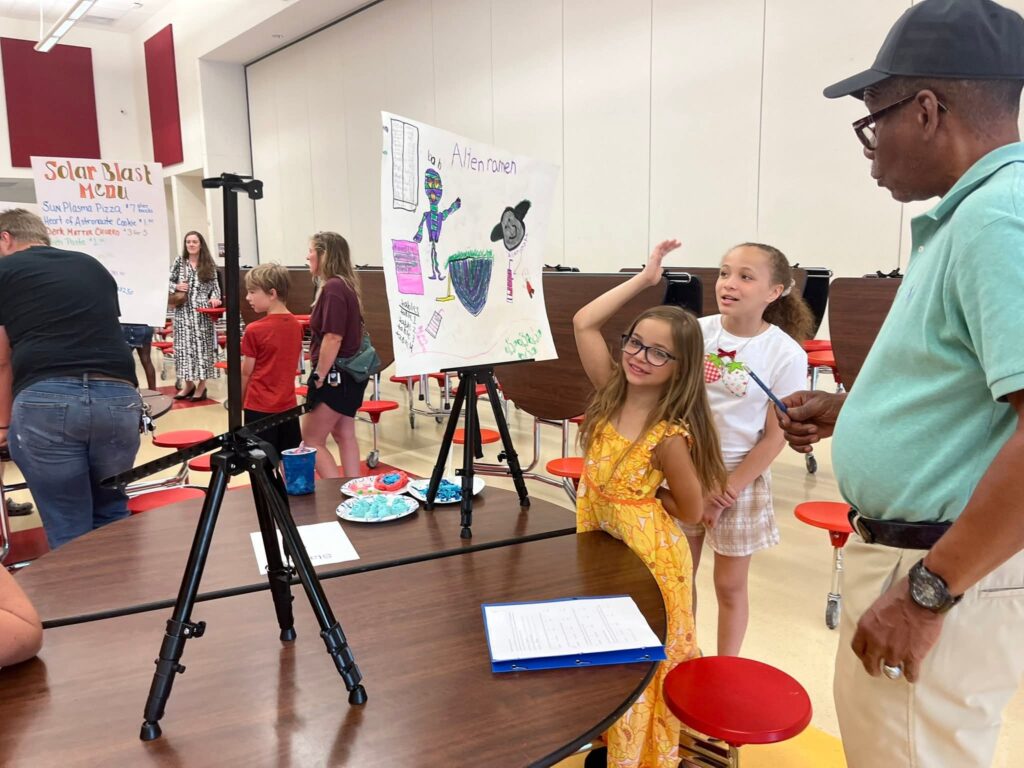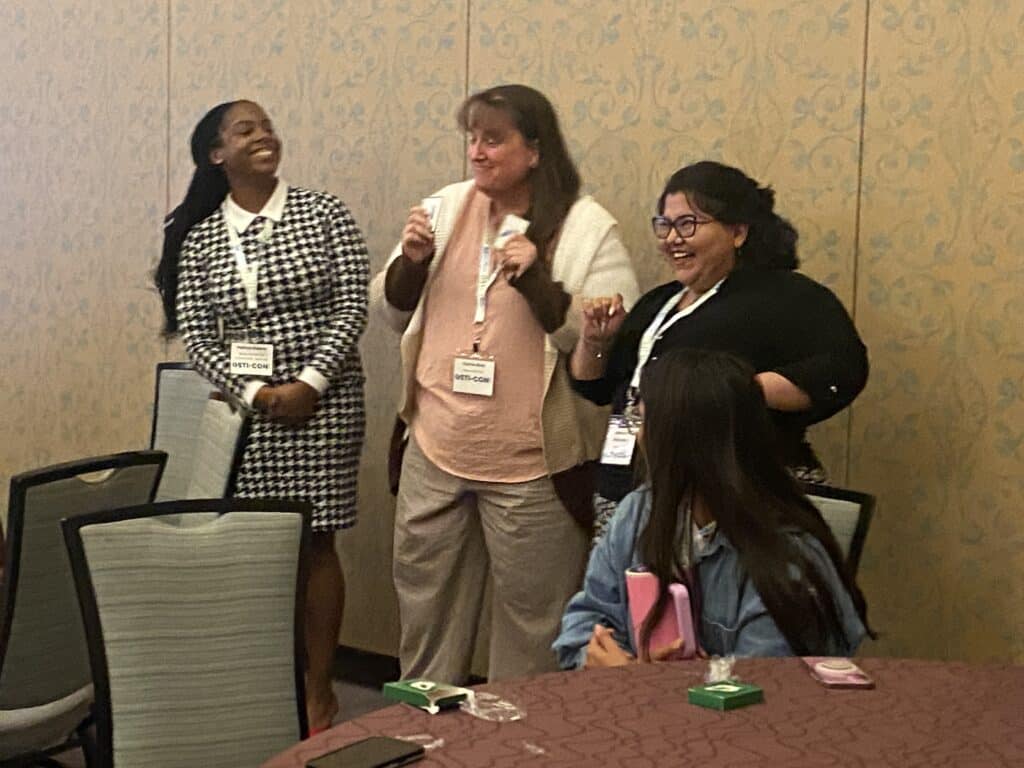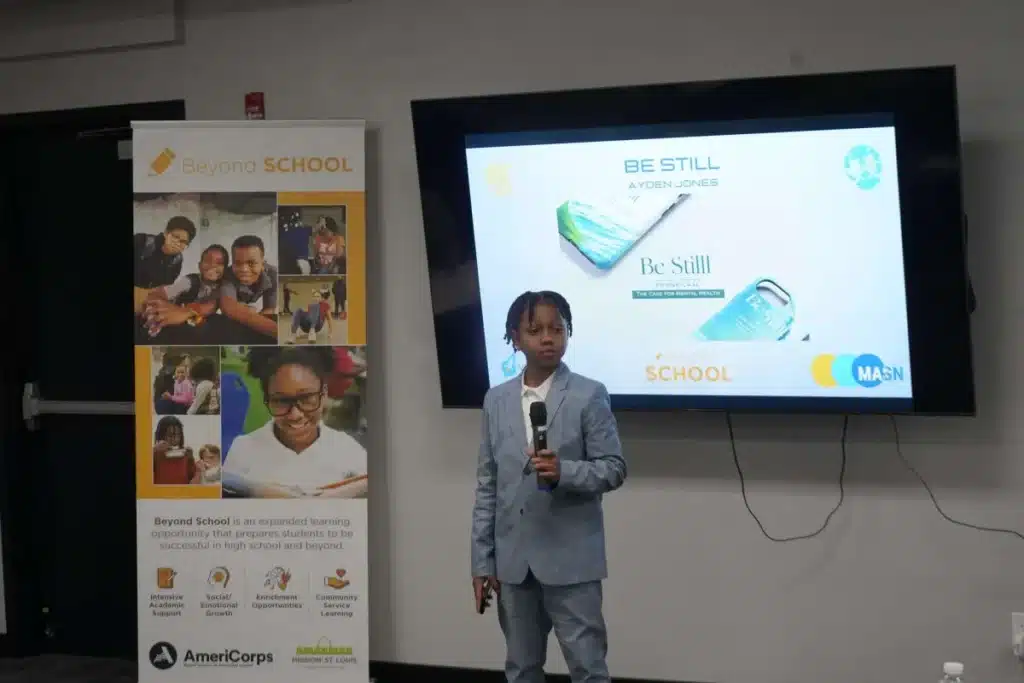A curious mind can find things to explore almost anywhere, especially outdoors. I call it free-range curiosity.
Take feathers. If you walk through a neighborhood where lawns aren’t cultivated like crops, and where nature’s “irregularities and imperfections” haven’t been blasted away by leaf blowers, chances are you’ll spot a few stray feathers.
Simply by beginning to study feathers, a girl can become more observant. I’ve observed this effect with my daughter Maribel since she was in preschool. Together we notice small differences—perhaps one feather is iridescent in the sunlight; another is tipped in white. She notices textures—downy fluff or an unusually strong quill. By smoothing a ruffled feather, she can make its vanes adhere, forming a classic feather shape. She is curious about how the parts fit together. Is there a special glue? she wonders. With a magnifying glass or microscope, we can detect the rows of tiny barbs that create a feather’s light structure.
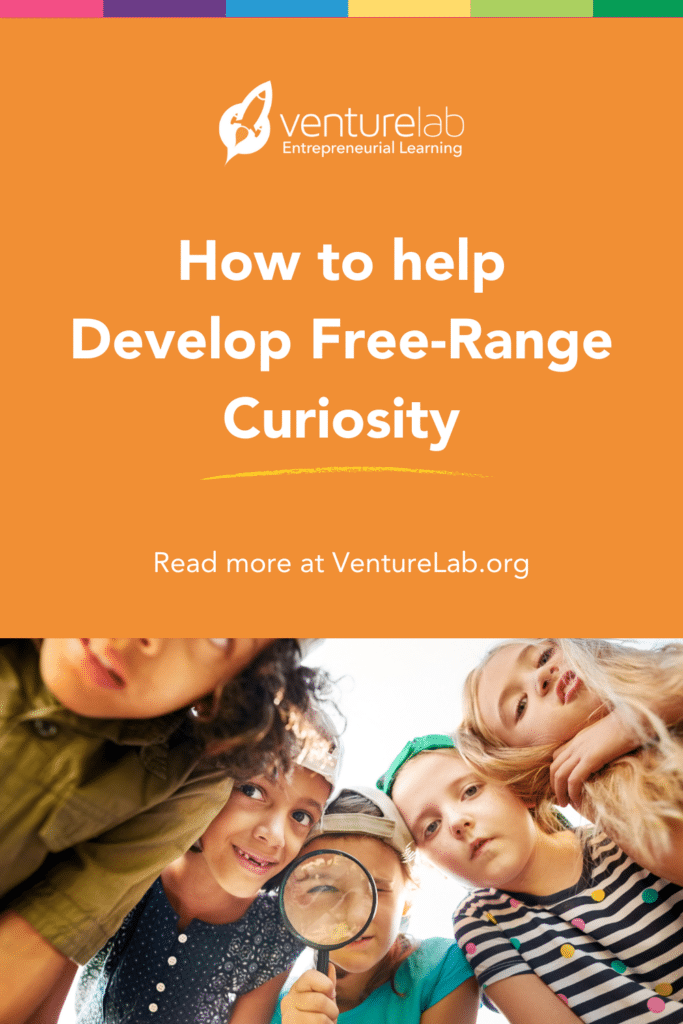
Why could something as simple as a feather be important? Because noticing it prompts a girl to ask questions—Why? What if? How does it work?—and to care.
Studying feathers is a curiosity cycle unto itself. Feathers can lead to questions about aeronautic design, evolutionary adaptation, mechanical engineering, fractals, and materials science. A girl may wonder if the leading edge of feathers in flight is the narrower side, and why. Studying feathers can lead a girl to explore the Cornell Lab of Ornithology and the National Audubon Society websites, rich with images and information. She can listen to their recorded bird calls. She might watch PBS Nature documentaries about birds around the world.
A child’s brain’s neural pathways multiply as her mind-map of feathers grows more complex. Following her curiosity where it leads is an essential step toward mastery in other areas of her life. We owe it to our children and students to encourage curiosity like we would any other skill.
Now overlay that with entrepreneurial learning. When encouraged to think like an entrepreneur, a girl may wonder how the world could be made safer for threatened bird species. What can she do to improve the world for birds? With this shift, she may explore becoming a social or environmental entrepreneur. The problem of preserving our endangered bird species might become her life’s work. Or, she may wonder if the amazing properties of feathers could be applied to “maker” projects. It is the beginning of envisioning a career in ESTEAM that could in some way improve the world—all beginning with a few windswept feathers.
I’d love to hear from you, about how you and the children in your life explore the world—and take a moment to notice the feathers. Are there instances like that you can share? Thank you. And if you’re looking for lessons that can help you foster an entrepreneurial spirit in your kids, be sure to check out our middle school and high school programs!

